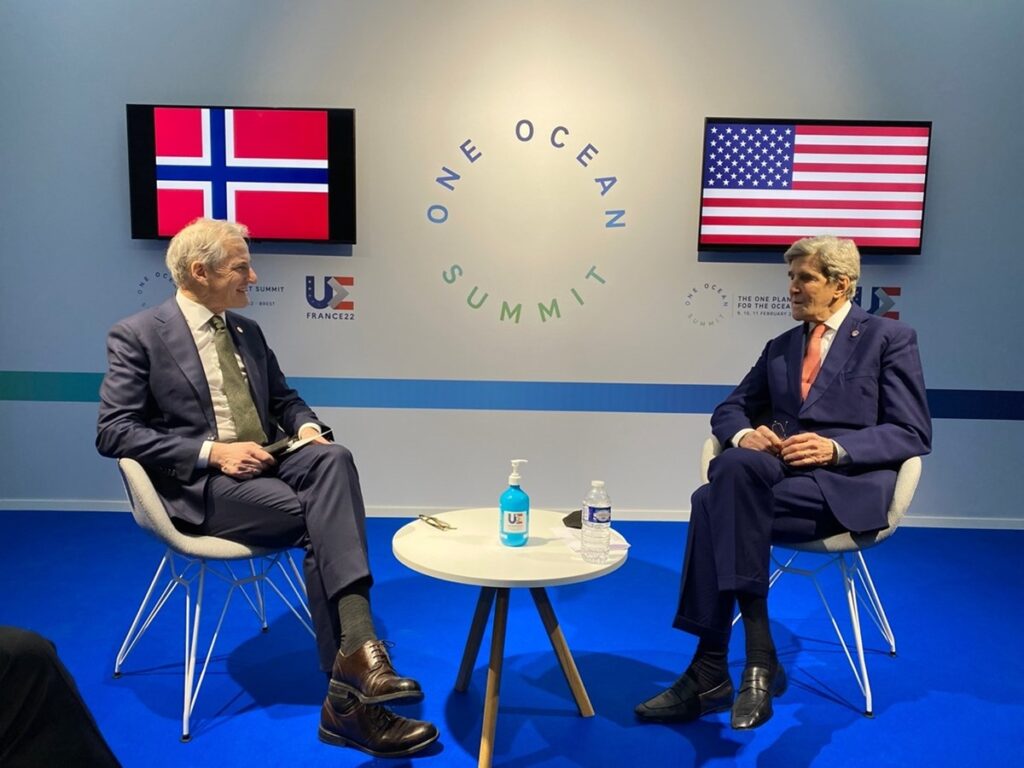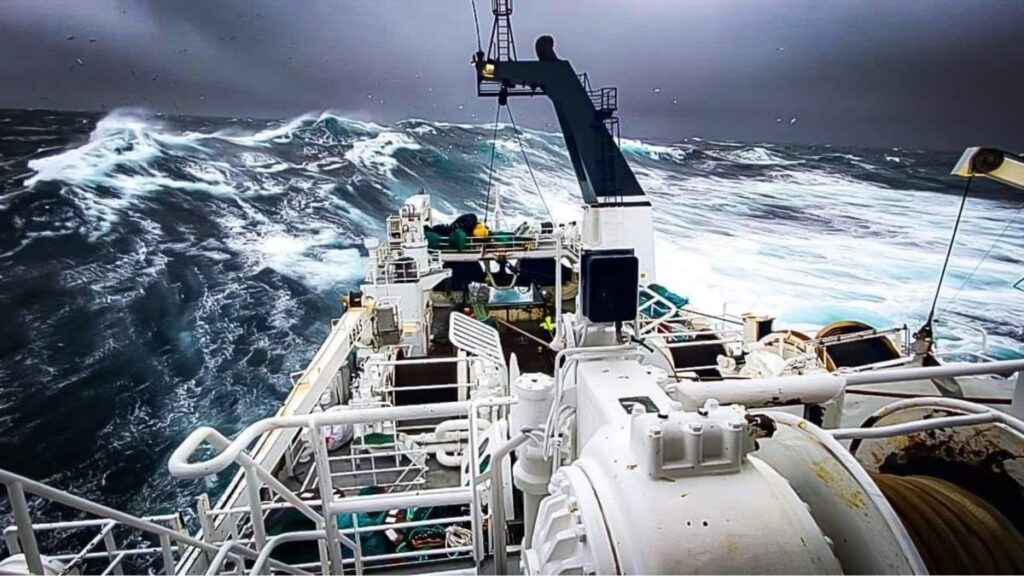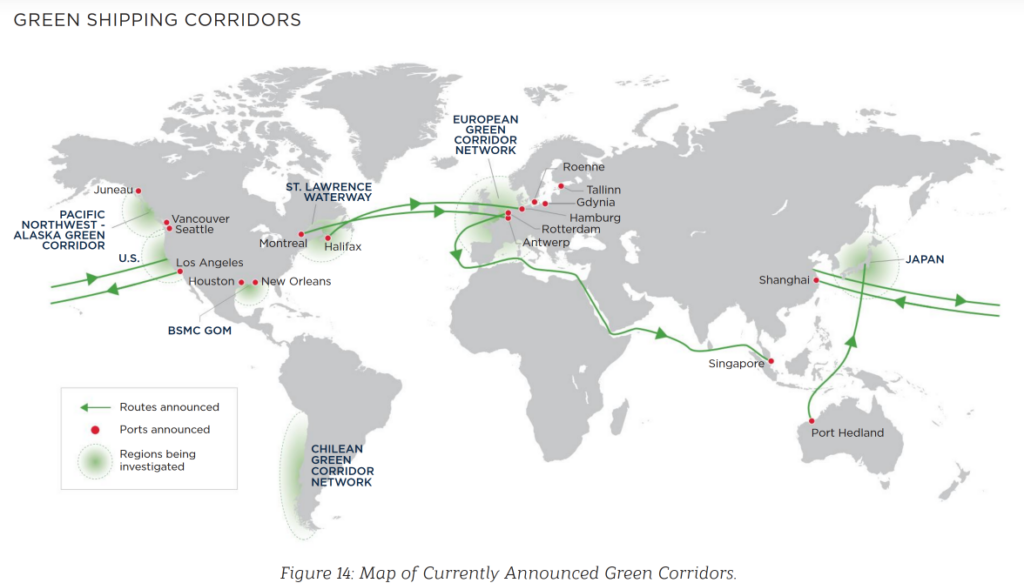COP27: the Green Shipping Challenge
By Julian Atchison on November 25, 2022

Launched by the US and Norway at COP27, the Green Shipping Challenge encourages “governments, ports, and companies to prepare commitments to spur the transition to green shipping”. The Challenge encompasses more than forty different announcements & initiatives, many of which are already in progress.
Ammonia fuel production in Namibia
In February this year, Namibia-based Ohlthaver & List Group (O&L) and Belgium-based CMB.TECH announced a joint venture to develop Namibia’s first renewable hydrogen production plant, to be built in the Erongo region on the country’s central coast. The demonstration-sized plant will be operational by the end of 2023, with the hydrogen to be used for heavy transportation fuel. If successful a second, larger, project phase will follow, and include the production of ammonia fuel. The joint venture – named Cleanergy Namibia – is targeting fuel for heavy-duty applications like trucks, locomotives, mining equipment and ships.
The demonstration plant could prove to be the first step in creating an entirely new industry in Namibia in addition to enabling knowledge transfer into the country; upskilling opportunities and creating employment; driving further research, including collaboration with the University of Namibia; and developing future offtake opportunities in sectors such as transportation, mining, heavy machinery, and power generation.
O&L Executive Chairman Sven Thieme in his organisation’s official press release, 22 Feb 2022
Green NortH2 Energy, Meriaura and Wärtsilä to deploy by 2024
The trio developing ammonia-powered cargo shipping in Finland – Green NortH2 Energy, Meriaura and Wärtsilä – have indicated their pilot vessel will be delivered in 2024, with the fuel-flexible main engine to be powered by ammonia from 2026 onwards. Renewable ammonia fuel will be supplied by Green NortH2 Energy from 2026.
Milestones set for the Green Shipping Programme (Norway)

The Norwegian public-private partnership was first established in 2015. A key milestone for the consortium will be the completion of four maritime ammonia pilot projects by 2023, the realisation of three vessels on the water by 2026, and the establishment of a green corridor powered by ammonia (also by 2026). There are currently four ammonia-powered vessel pilots underway as part of GSP: a trawler being developed by Lerøy Seafood Group, an Aframax-sized oil tanker being developed by Breeze (on behalf of a series of partners led by Equinor), Greig Maritime’s overhaul of an existing L-Class bulk vessel from its fleet (this pilot already has a potential trade route identified), and feasibility study for the use of ammonia fuel on passenger cruise ships.
New green corridors announced
A host of new green corridors are included in the Challenge:
- Ghent-Gothenburg
- Stockholm-Turku
- Seattle/Tacoma-Busan
- Alaska-Canada-Washington state
- UK-Norway-Netherlands
- and inland shipping on the Great Lakes (USA-Canada)
And a trio of reports has provided new insights into the progress of green maritime corridors to date:

- the Mærsk Mc-Kinney Møller Center announced it has concluded pre-feasibility work for a network of Chilean green corridors, identifying fifteen possible routes to, from and within the country. The MMM Center notes that fuel production projects are in remote locations in Chile (ie. not necessarily on existing shipping routes), and are exclusively ammonia.
- the American Bureau of Shipping has produced a high-level analysis of green corridor opportunities. There is “plenty of seriousness and follow-up action”, but none of the proposals have produced detailed plans or metrics for implementation. Framework guidance from the US Department of State (released in April this year) will prove useful.
- and – on the one year anniversary of the Clydebank Declaration – the Global Maritime Forum has released a progress report on green shipping corridors. The GMF sees promising (albeit limited) progress to date, and recommends (where possible): specifying fuel pathways, using national policy to close the cost gap between conventional and alternative fuels, “prioritise learning by doing”, and ensuring that impactful, first-mover shipping routes are being targeted.